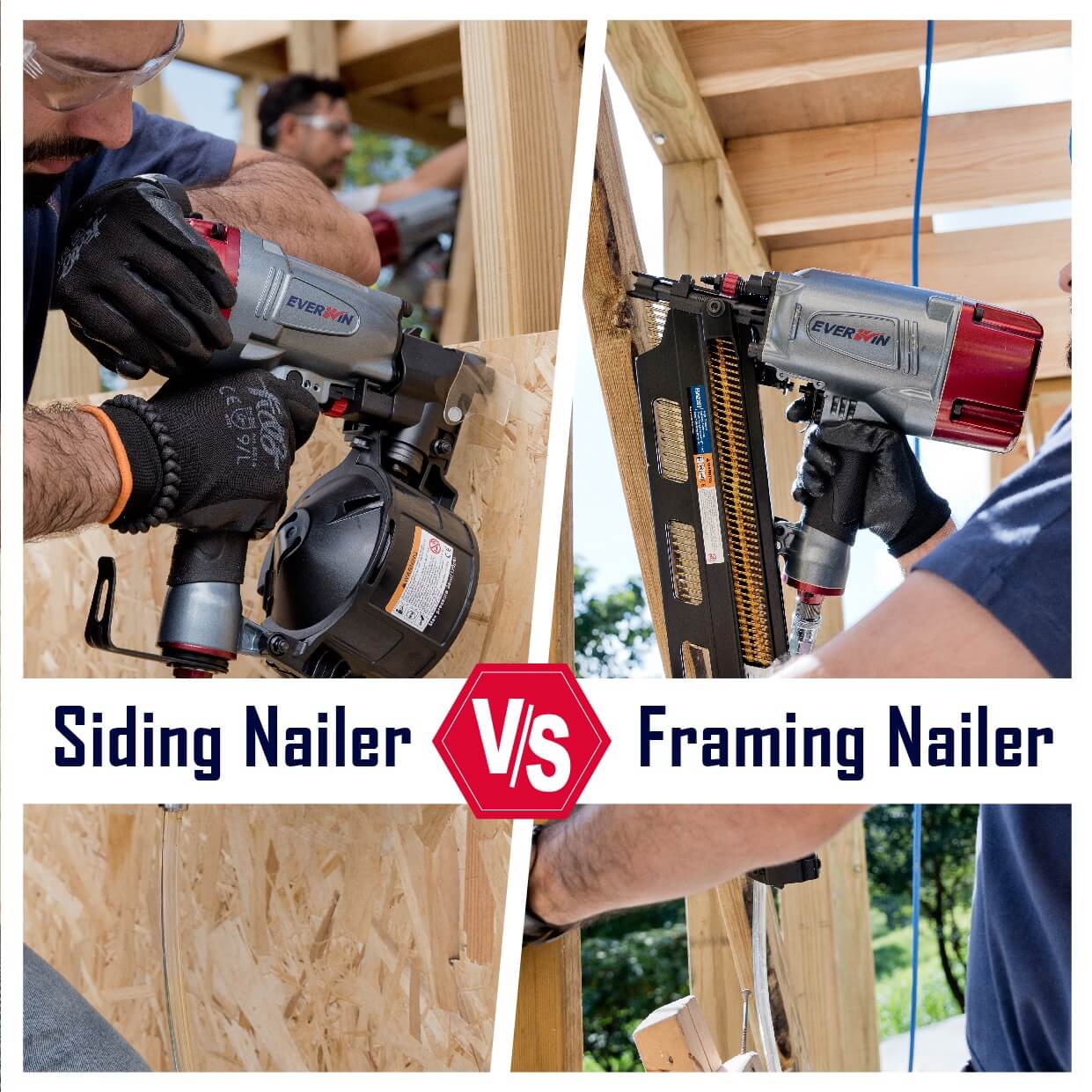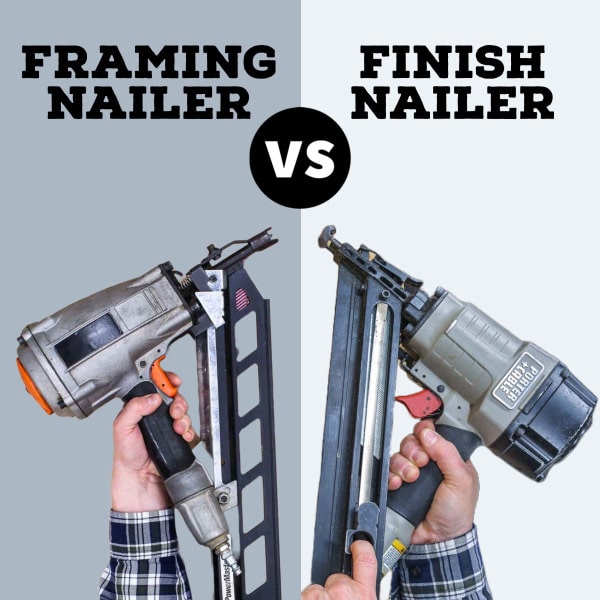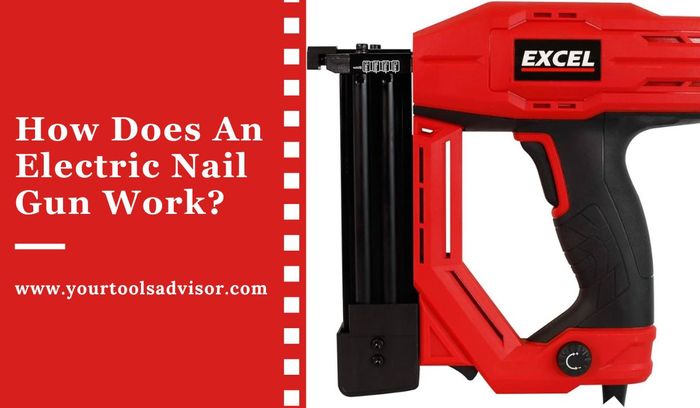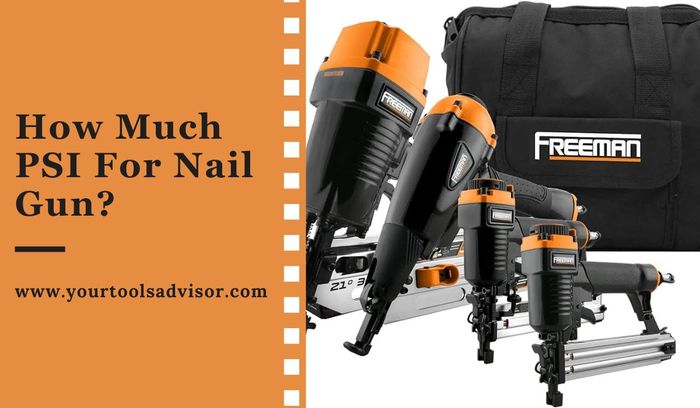Yes, a finish nailer can be used for framing in certain situations. However, it is important to note that a finish nailer is typically designed for lighter tasks such as trim work, molding, and cabinetry.
When using a finish nailer for framing, it may not provide the same level of strength and durability as a framing nailer which is specifically designed for heavier construction tasks. Therefore, it is recommended to use a framing nailer for framing projects to ensure the structural integrity of the project.

Credit: www.everwinpneumatic.com
Understanding The Difference Between A Finish Nailer And A Framing Nailer
Using a finish nailer for framing may seem tempting, but it’s important to understand the difference between these two types of nail guns. The primary distinction lies in the size and gauge of the nails they use. Finish nailers typically use 16 or 18-gauge nails, which are smaller and thinner compared to the 8, 10, or 12-gauge nails used by framing nailers. Another notable difference is the angle at which the nails are driven. Finish nailers typically have a straight magazine, while framing nailers have a angled magazine. As for their applications, finish nailers are primarily used for trim work, cabinetry, and delicate woodworking projects, where appearance is crucial. On the other hand, framing nailers are designed for heavy-duty construction tasks like building walls, flooring, and roofs. So, while it may be tempting to use a finish nailer for framing, it’s essential to choose the right tool for the job to ensure a secure and reliable construction.
Pros And Cons Of Using A Finish Nailer For Framing
A finish nailer is a powerful and versatile tool widely used in construction and woodworking projects. While it is primarily designed for trim work and smaller-scale finishing tasks, it can also be used for framing to some extent. Using a finish nailer for framing comes with several benefits. Firstly, it offers versatility and convenience, as it can easily switch between different-sized finish nails. This allows for greater flexibility when working on various framing projects. Secondly, a finish nailer provides precision and aesthetics, as it leaves smaller, less noticeable nail holes compared to other framing tools. Finally, ease of use is a significant advantage for small-scale framing projects, as a finish nailer is lightweight and maneuverable.
However, it is important to consider the limitations of using a finish nailer for framing. One key concern is the insufficient durability and strength of the nails used. Compared to the larger and sturdier nails that a dedicated framing nailer would use, finish nails may not provide the same level of structural integrity for heavy-duty framing tasks. Potential safety concerns should also be taken into account, as using finish nails for framing may not offer the same level of stability and holding power. Additionally, limited compatibility with heavy-duty framing tasks can hinder the effectiveness of a finish nailer in such situations.
Alternatives To Consider For Framing Projects
When it comes to framing projects, using a finish nailer may not always be the most suitable choice. While a finish nailer is designed for precision work such as trim and molding, there are alternative options worth considering. One of these options is a framing nailer, which is specifically built for heavy-duty tasks like framing walls and constructing large structures.
The functionality and design between a finish nailer and a framing nailer differ significantly. A finish nailer uses brad nails or finishing nails, which are smaller in size and provide a neat, invisible finish. On the other hand, a framing nailer uses larger, more robust nails known as framing nails, which provide enhanced structural integrity.
For framing tasks, a framing nailer offers several benefits over a finish nailer. Firstly, it is more efficient and speeds up the process of framing significantly, thanks to its larger capacity and rapid-fire capabilities. Additionally, the use of framing nails ensures a higher level of structural integrity and longevity compared to the smaller nails used with a finish nailer.
| Finish Nailer | Framing Nailer |
|---|---|
| Precision work | Heavy-duty tasks |
| Smaller, invisible nails | Larger, robust framing nails |
| Slower compared to framing nailer | Rapid-fire capabilities for efficiency |
| Less structural integrity | Enhanced structural integrity and longevity |
However, if a nail gun is not available, traditional methods such as using a hammer and nails or screws can be used for framing. The hammer and nails approach is time-consuming and requires more effort, but it is a reliable and widely-used method. Using screws for framing offers added strength and durability, although it may not be as quick as using a nail gun.
Frequently Asked Questions On Can You Use A Finish Nailer For Framing
Can I Frame With A Finish Nailer?
Yes, you can use a finish nailer for framing. It’s important to choose the right size nails and ensure they are properly secured for structural integrity. Make sure to follow safety precautions and consult the manufacturer’s guidelines for the specific nailer model.
What Kind Of Nailer Is Used For Framing?
A framing nailer is commonly used for framing projects.
What Is The Difference Between A Brad Nailer Finish Nailer And A Framing Nailer?
A brad nailer is used for delicate woodworking tasks, a finish nailer for trim work and molding, while a framing nailer is designed for heavy-duty construction like framing walls. Brad nailers use thin brads, finish nailers use thicker finishing nails, and framing nailers use large, thick nails.
Can You Use Any Nail Gun For Framing?
No, not all nail guns are suitable for framing. It is recommended to use specifically designed framing nail guns for this purpose. These nail guns have the power and capacity to drive larger and long nails needed for framing projects.
Conclusion
To wrap it up, a finish nailer can be used for framing in certain situations, although it may not be the most optimal choice. While it can provide a quick and efficient solution for smaller framing projects, using a dedicated framing nailer is still recommended for larger and more complex jobs.
Always consider the size and durability requirements of your project before deciding on the right tool.





Leave a Reply